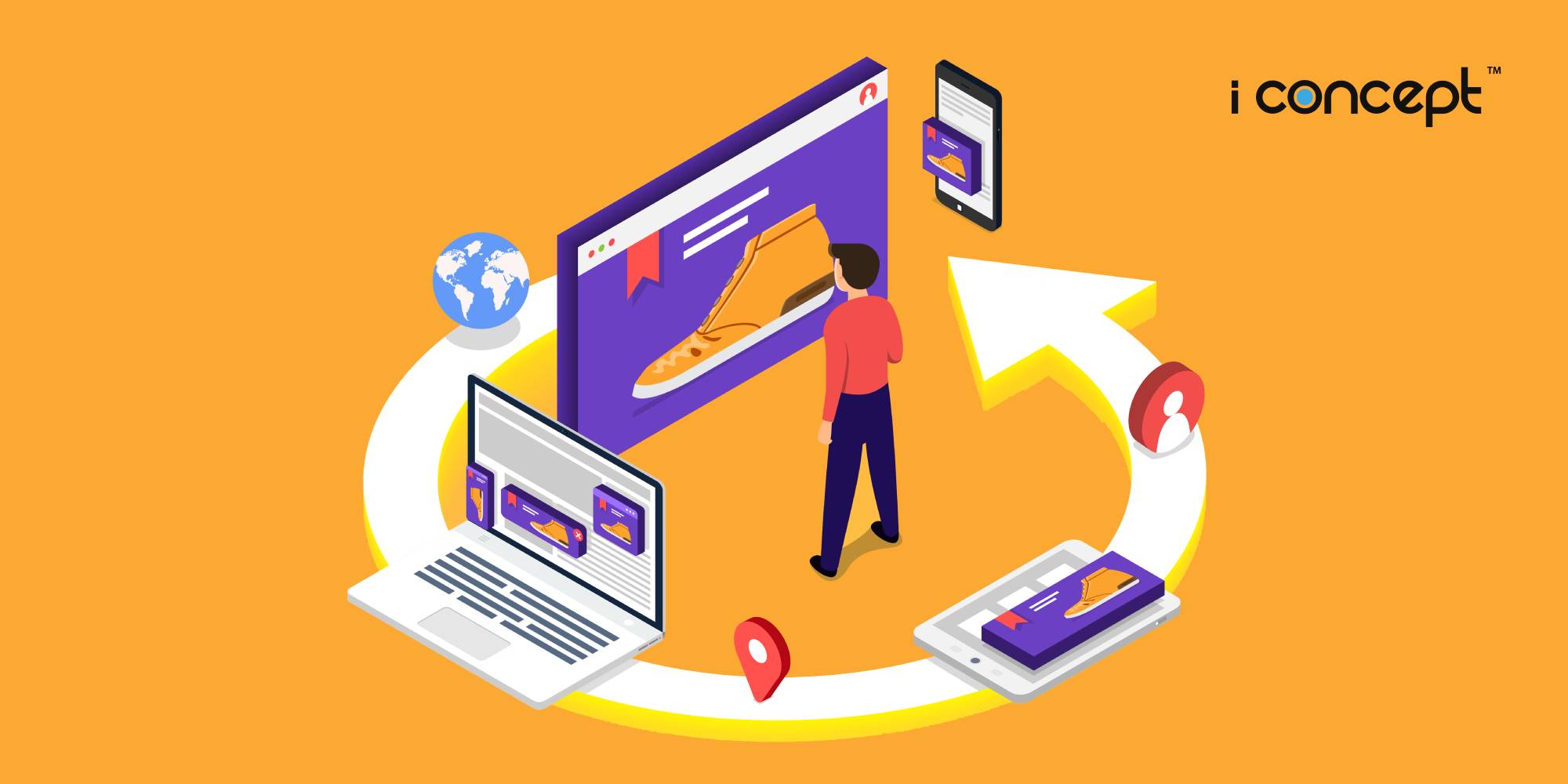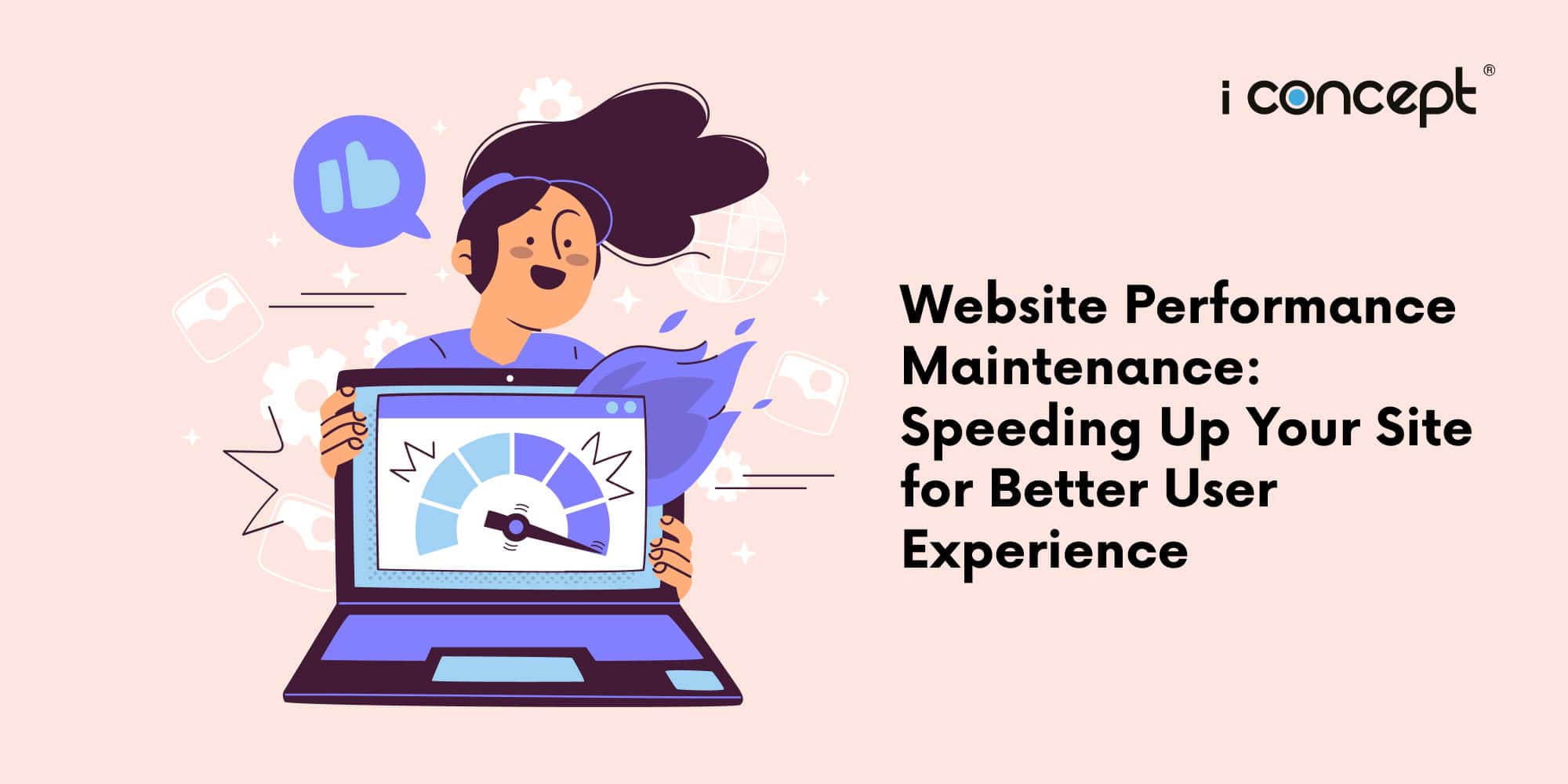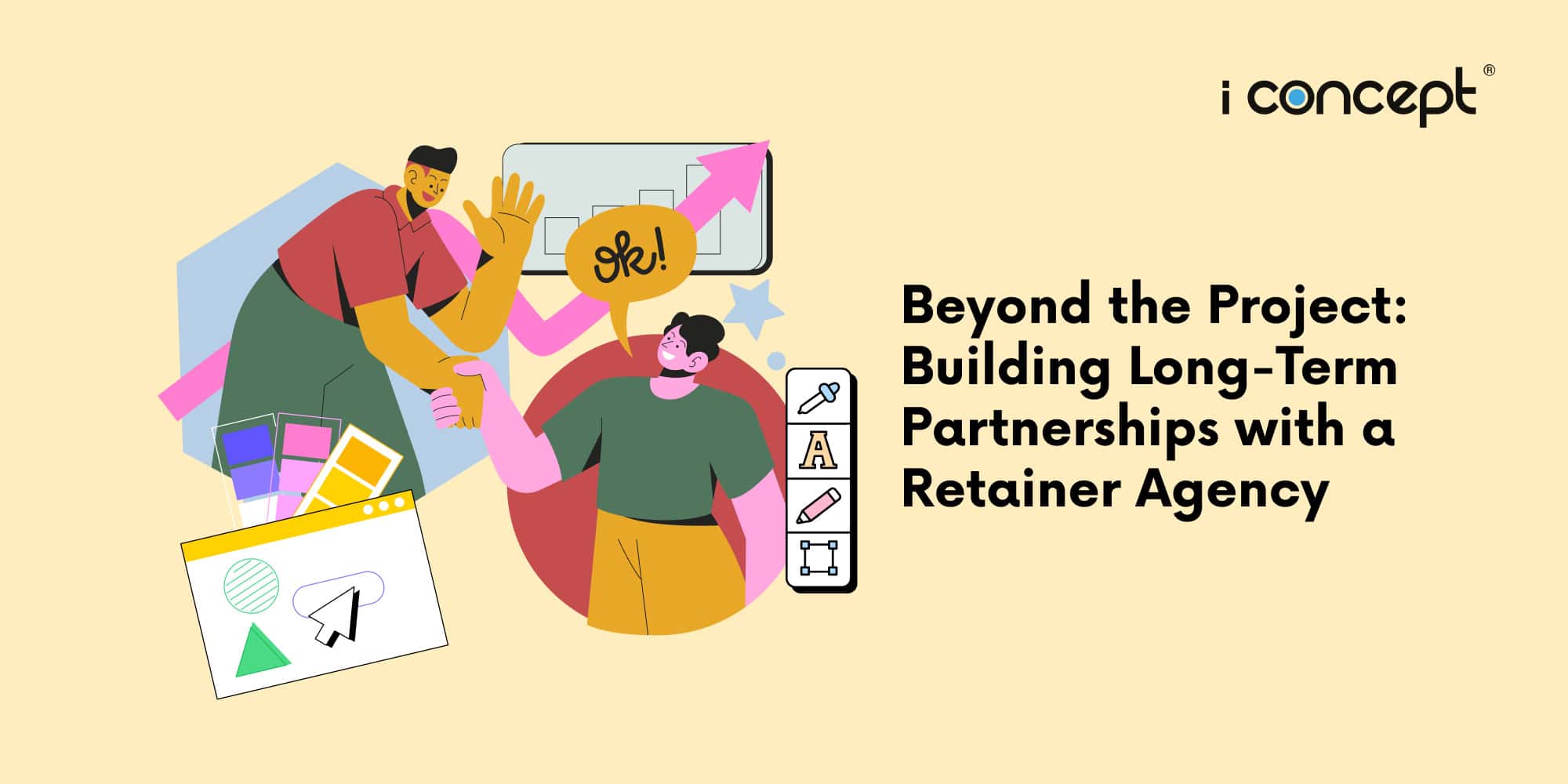Creative agencies vary greatly in size, type and approach, but most follow a tried-and-tested structure that works well. To package and connect brands, products or services to consumers, creative agencies have roles dedicated to Design, Programming, Accounts Management and Marketing & Advertising.
Here is a breakdown of some typical creative agency departments (and the roles within) for those interested in engaging a creative agency. Begin by considering whether the creative agency has the ability to CREATE, PLAN and DO, by understanding the roles that the agency has within the team.
CREATE
Design
Creative Director – Leads the creative team, consisting of art directors, website designers, copywriters to create the concept for the product or service. Responsibilities include overseeing the creative process and giving guidance to the creative people in their team.
Art Director – Responsible for defining the visual style of a product, a service campaign, and the visual output of all of the creative process and work before it reaches the client. Typically a good multi-tasker who is aware of the latest design trends.
Graphic Designer – Creates the visual concepts based on the Art Director’s design direction. Graphic designers find the most effective solutions to getting messages across in print and electronic media through the use of colour, type, imagery and format.
UI & UX Designer – Responsible for creating the UI & UX process in which a website will function, which involves designing the visual and mapping out the user experience flow and functionality of each screen or page that a user will interact with to make it enjoyable and effective to use.
Web Designer – A web designer has both creative and technical skills to build and redesign websites. Responsibilities include bringing creative ideas to life across a variety of digital formats and work with the creative teams, users experience designers and web developers to ensure a strong end-product.
Content
Copywriter – Creates advertising ideas, with a strong focus on written words or copy. The text is usually sales focused and can range from digital marketing campaign headlines to website copies. Usage of skills are generally for promotional campaigns or products, such as brochures, print adverts, emails, blog posts and more.
PLAN
Strategy
Brand Strategist – Provides recommendations on the direction a brand, product or service should take. Responsibilities include analysing current digital marketing research data and trends and using the information to advise and develop practical solutions for marketing plans as well as defining brand elements and tone.
Digital Strategist – Develops, implements and manages the web presence architecture and online marketing strategy for brands, products or services. Responsibilities include developing an actionable plan that brings relevant digital channels such as websites, content marketing, eCommerce, SEO, marketing automation, apps, media/blogger outreach together.
Data Analyst – Analyses data to identify insights and provide performance reports. Suggests new approaches for meeting brand/business objectives and has a good working knowledge of spreadsheets, API tools and statistical software packages.
Media Planner and Buyer – Identifies the most suitable media platforms to advertise a brand, product or service and achieve the objectives of the marketing campaign. Has the ability to negotiate with media owners to get the best position, timing and pricing for their client’s media space.
DO
Management
Managing Director – Runs the entire agency and can balance the diverse aims of the key teams. Also manages the marketing process of a client’s business or product. Typically focuses on the agency’s growth, profits and increasing shareholder’s return as well as keeping up to date with commercial and legal developments in all the major markets.
Account Director – Takes responsibility for delivering creative work that meets the client’s needs; addresses any problems that may arise; and is expected to develop-long term relationships with longstanding clients, with a view to maintaining a high retention rate.
Account Executive – Essentially the bridge between the client and the agency. Responsibilities include ensuring the smooth running of client accounts in the agency and developing effective working relationships with client contacts. Problem solving and organisation are key skills needed in this role.
Social Media Manager – Responsible for managing the social media marketing campaigns for a brand, product or service. Has the ability to attract and engage target audiences by creating, monitoring and managing all published content such as text, images and video.
SEO Executive – An analytical person who works with the Front-End Developer, the Social Media Manager and Copywriter to meet the ever-changing requirements of Google and get high search engine rankings for the client’s brand.
Programming
Lead Developer – Heads the team of developers, making sure that everyone is adhering to the software quality standards agreed by the team. Typically ensures that features like eCommerce website features developed by the team are produced to the highest possible quality in the fastest possible time and can anticipate problems before they occur.
Web Developer – Creates programmes and applications for the Web. Responsibilities include building a website from scratch, knowing how to create custom code, and developing a website’s layout, features and functions.
App Developer – Essentially a computer software engineer who creates, programmes and tests mobile responsive websites or network apps for electronic devices such as computers, tablets and mobile phones. Responsibilities include cross-platform development, understanding modern programming languages, and awareness of existing and future technologies as well as developments.
Business Development
Business Development Manager – Has experience working in the creative industries and has deep contacts in industry verticals such as eCommerce, lifestyle, fintech etc. Typically well-versed in the sales of creative services and paves the way to new business acquisitions as well as thriving on the thrill of a closed deal.
Business Development Executive – Brings in new revenue from new and existing client accounts. Responsibilities include being strong communicators, relationship-oriented, strategic, and knowledgeable of the agency’s capabilities and values.
In conclusion, understanding the capabilities of a creative agency can help you paint a picture of how suitable the creative agency is to take on your brand or business. That being said, while engaging well-known agencies that have diverse roles might come with the peace of mind, smaller creative agencies can easily compete. Partner that with the ability to offer you a PSG grant, hunger and passion to interpret your brand in new ways, your brand or business will surely be in good hands. Drop us a message if you want to push some boundaries!
